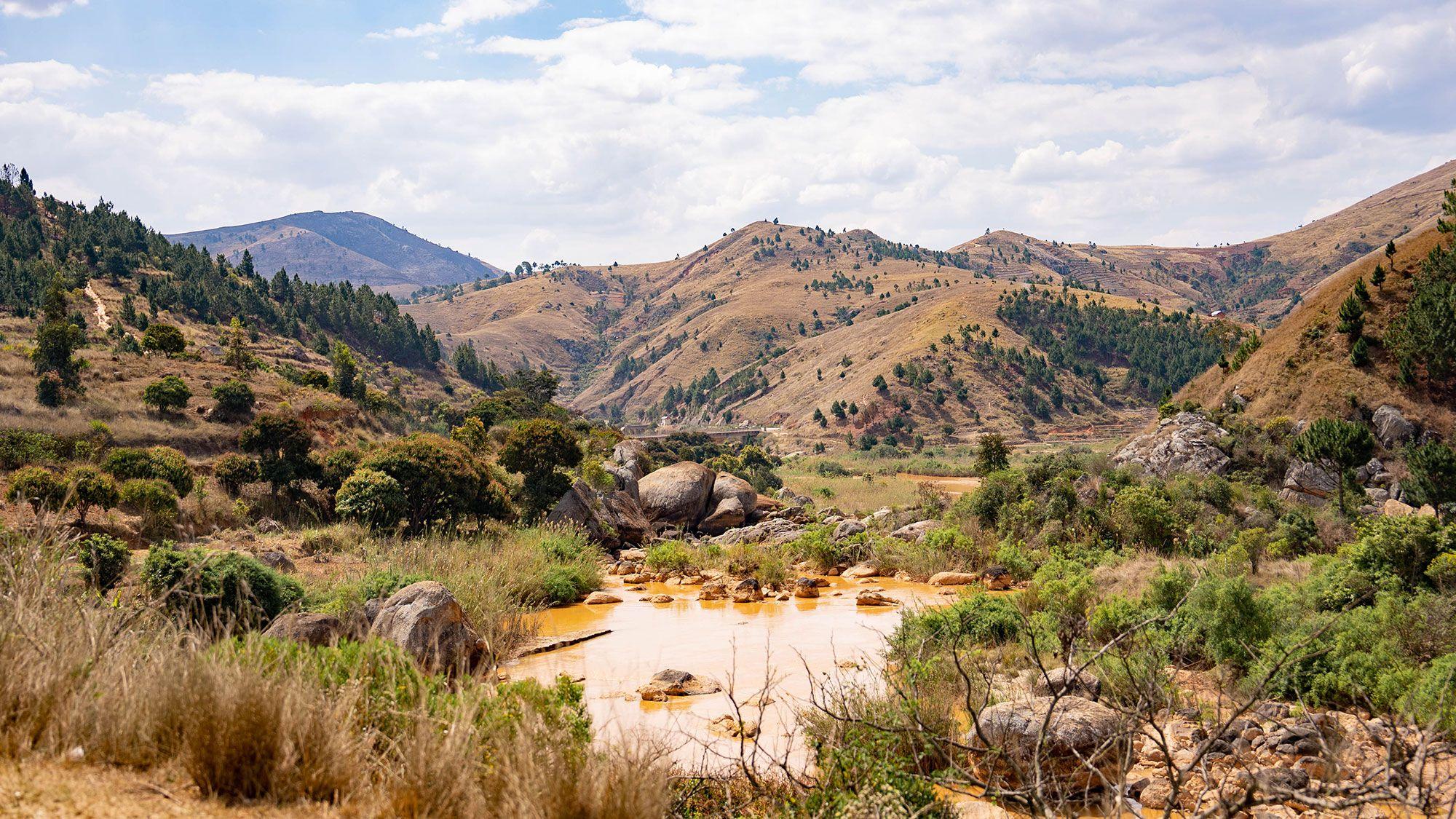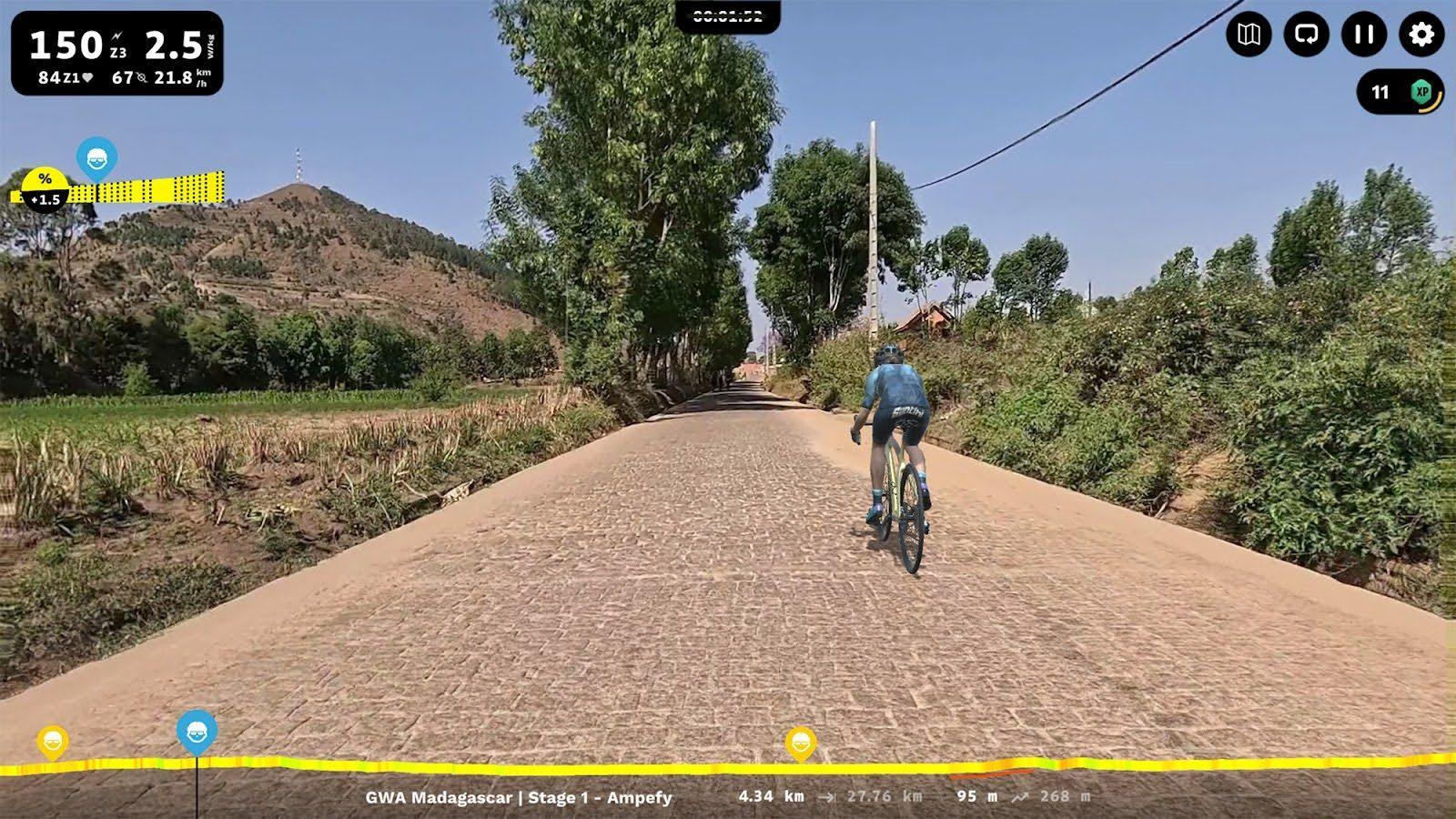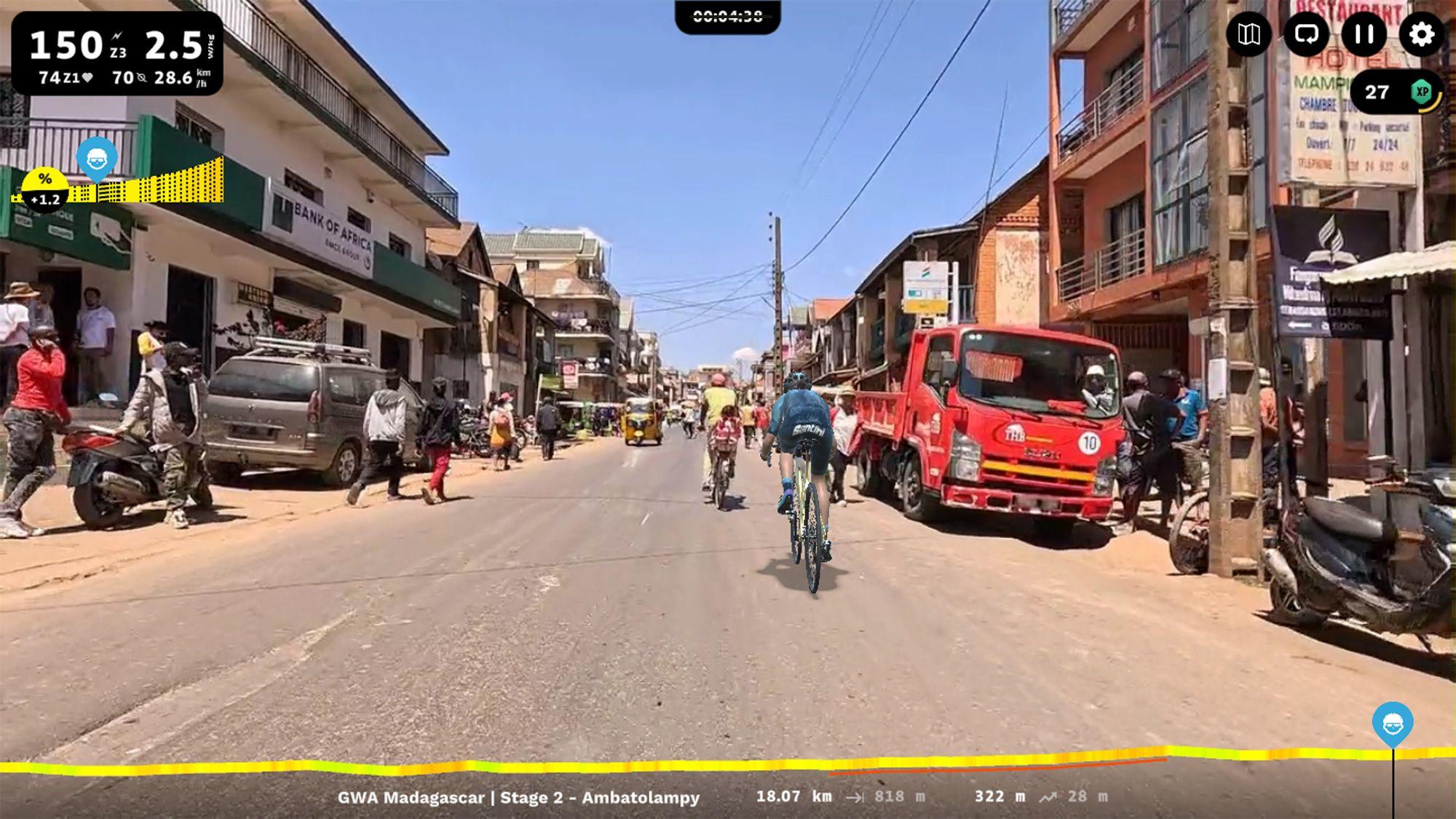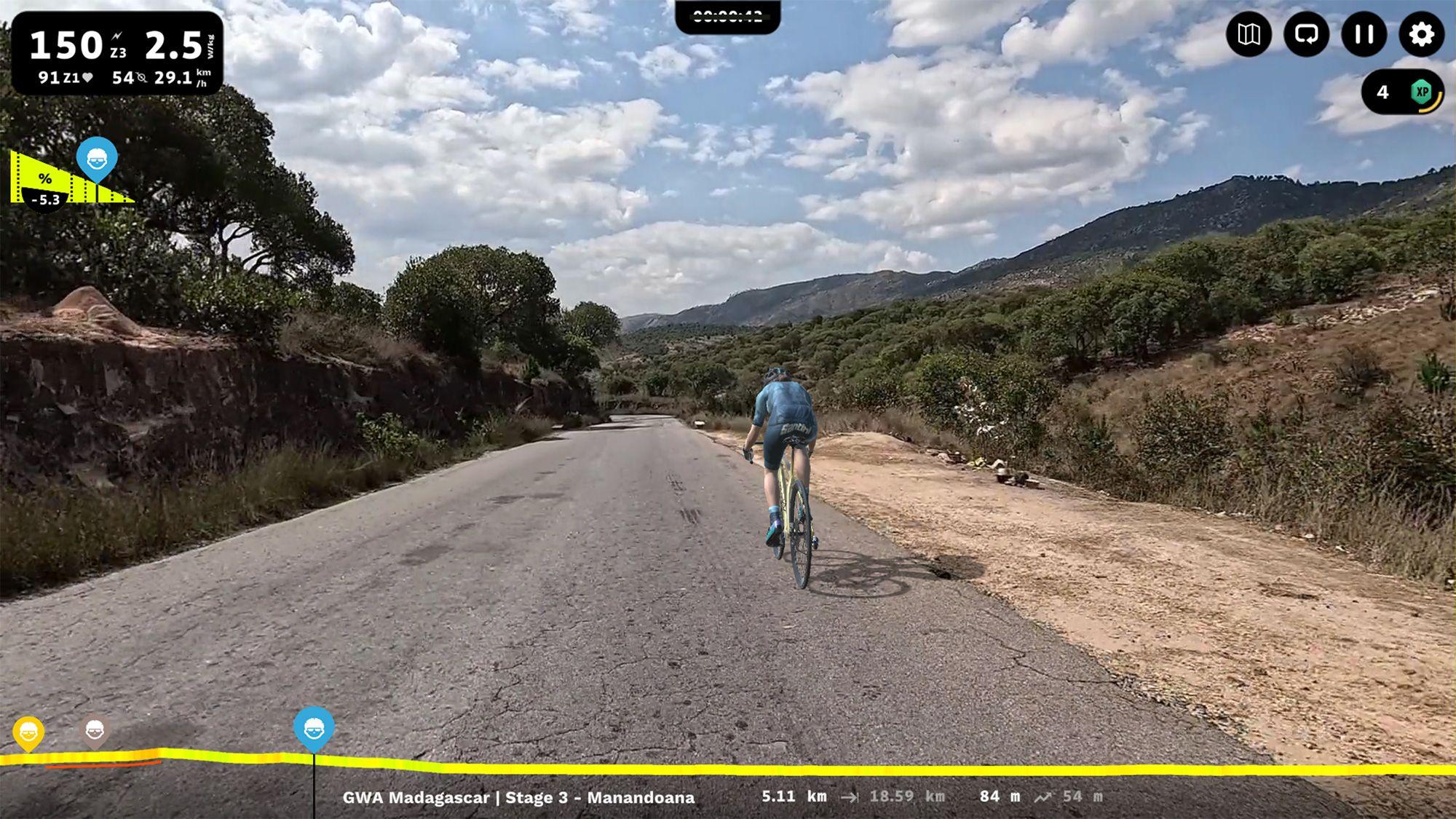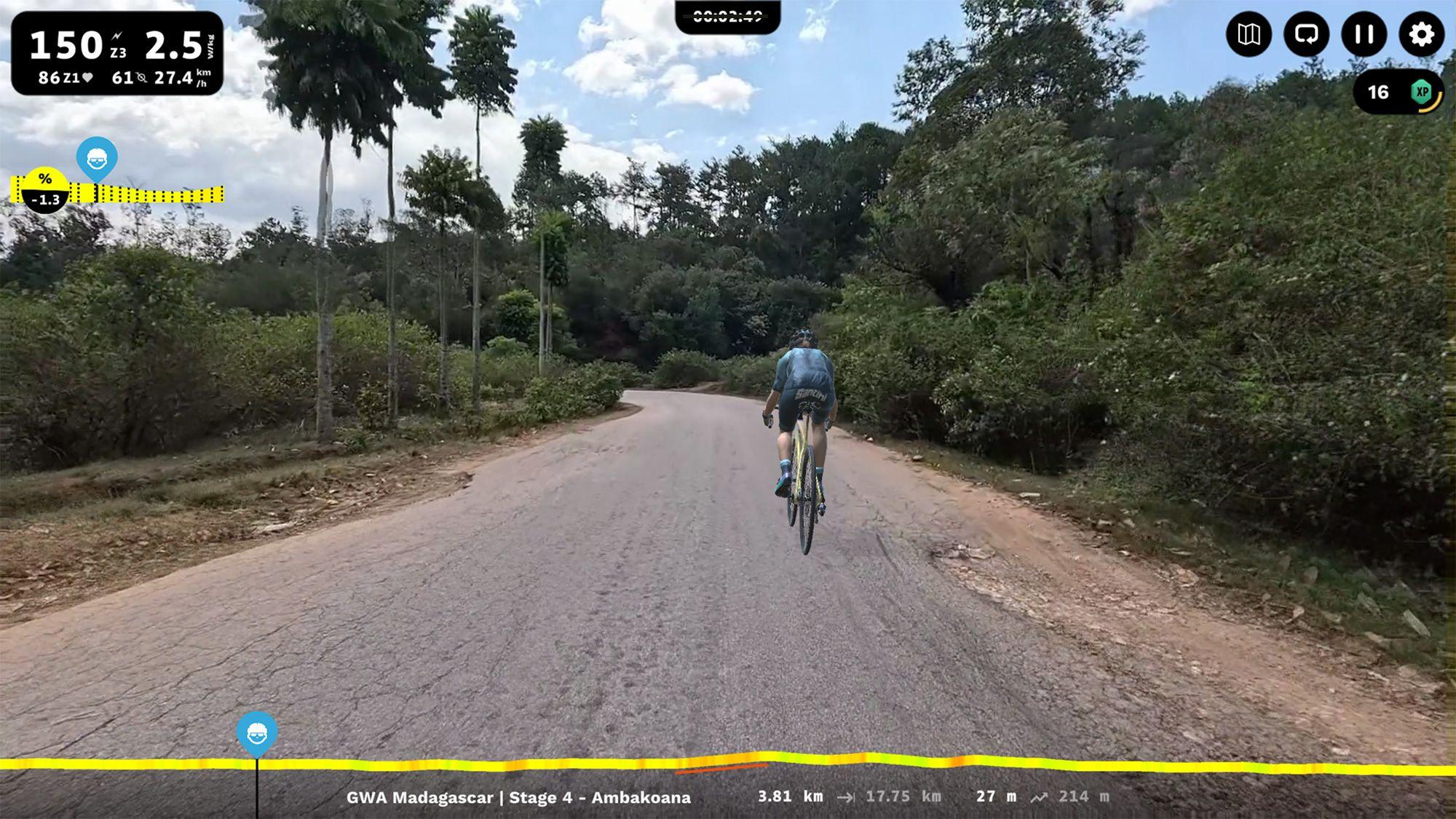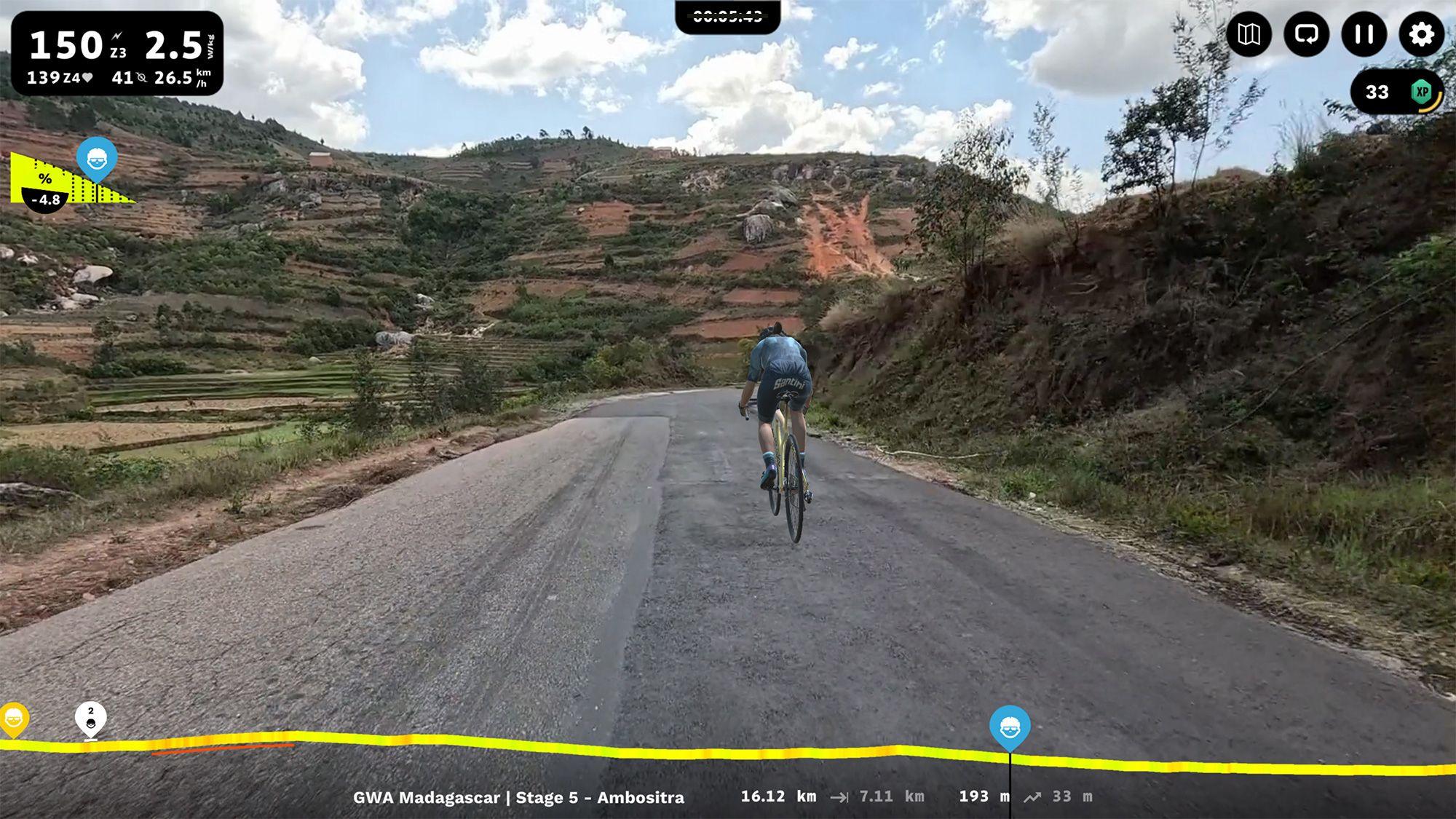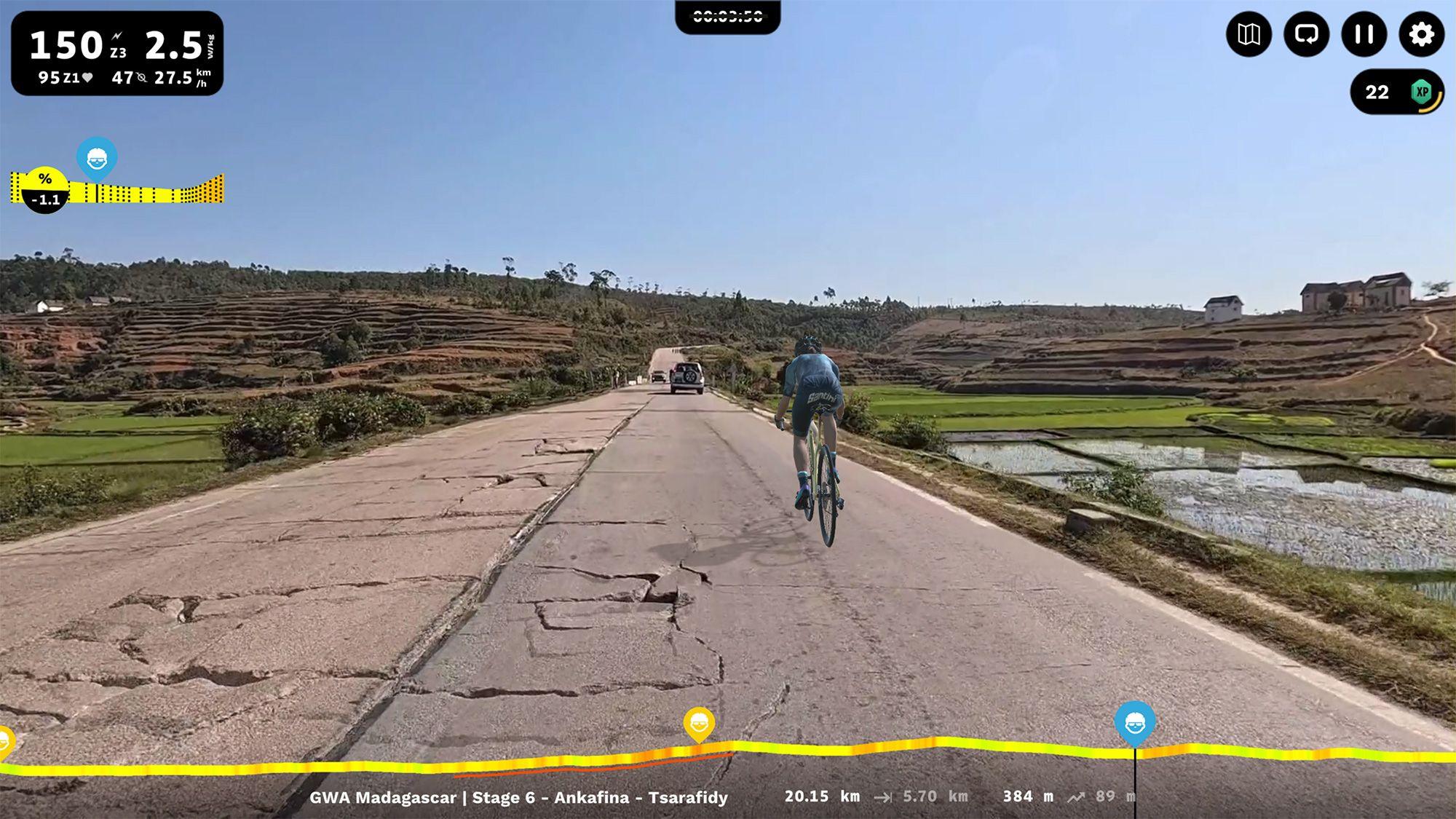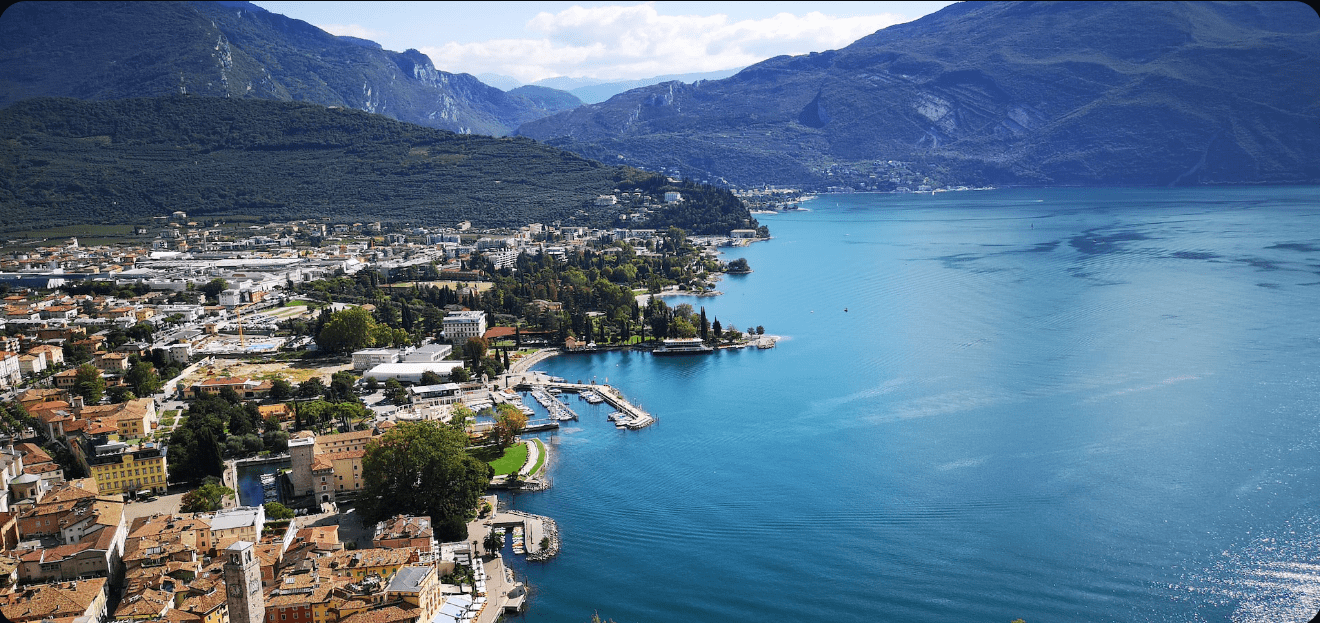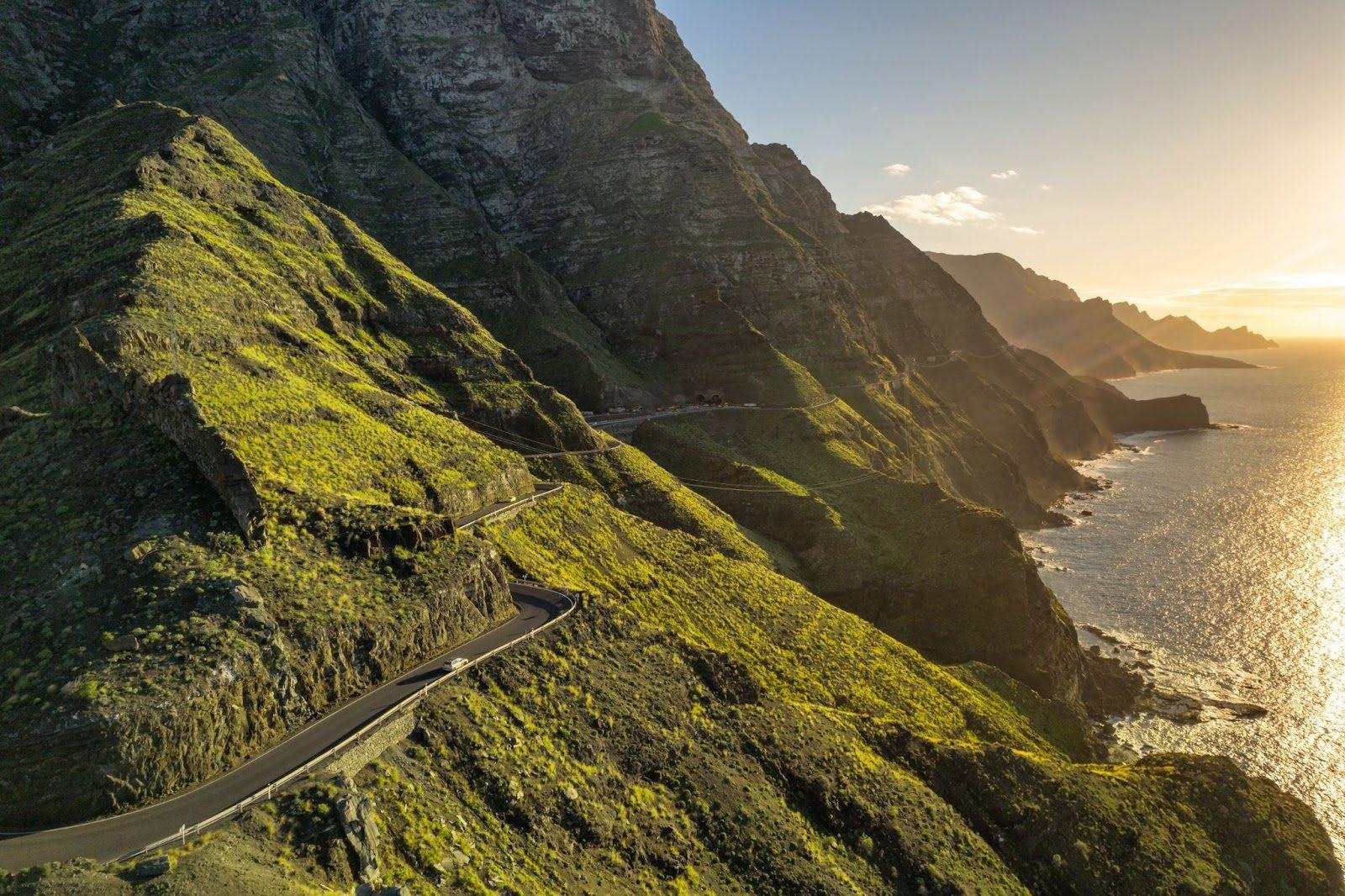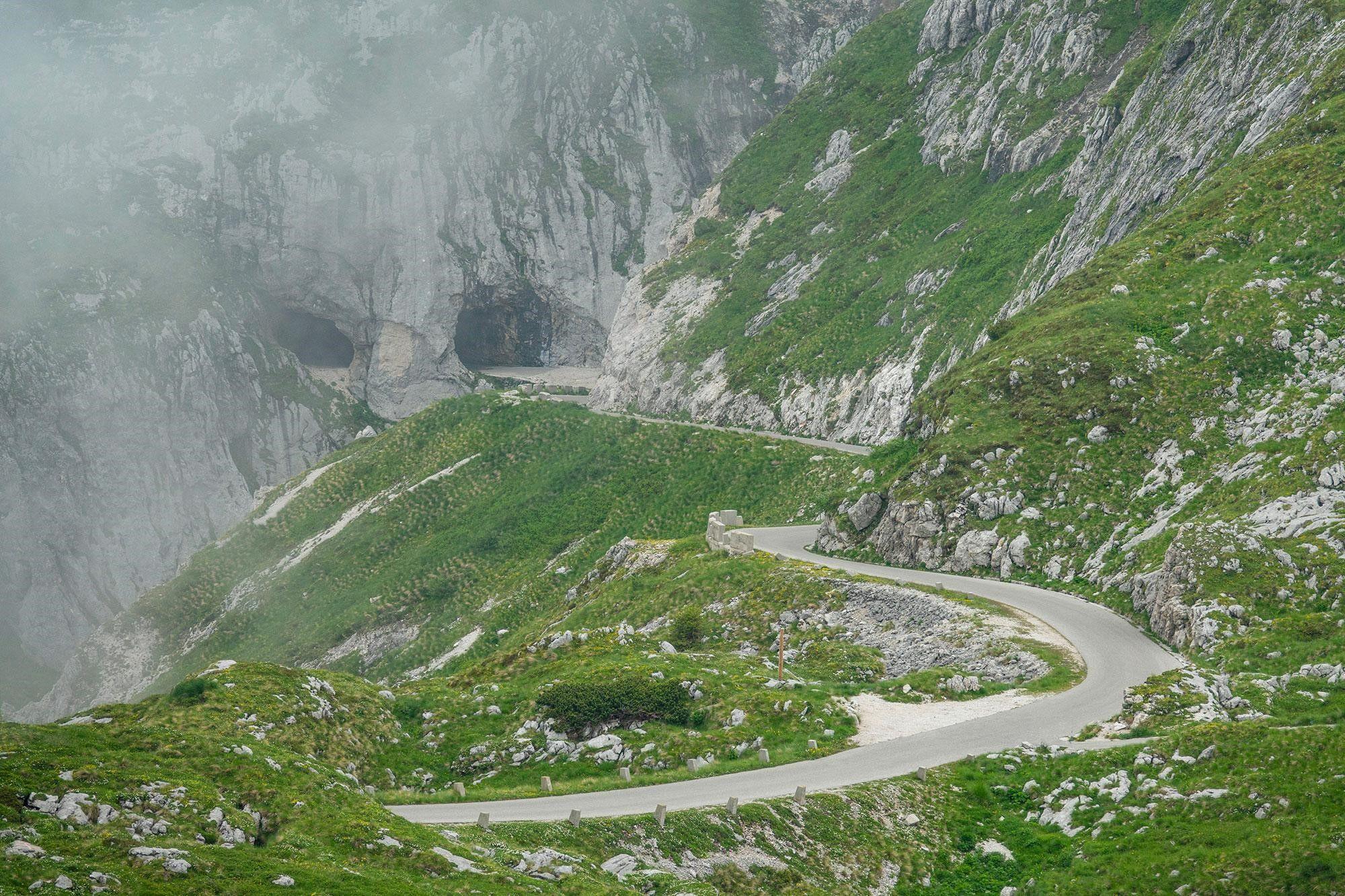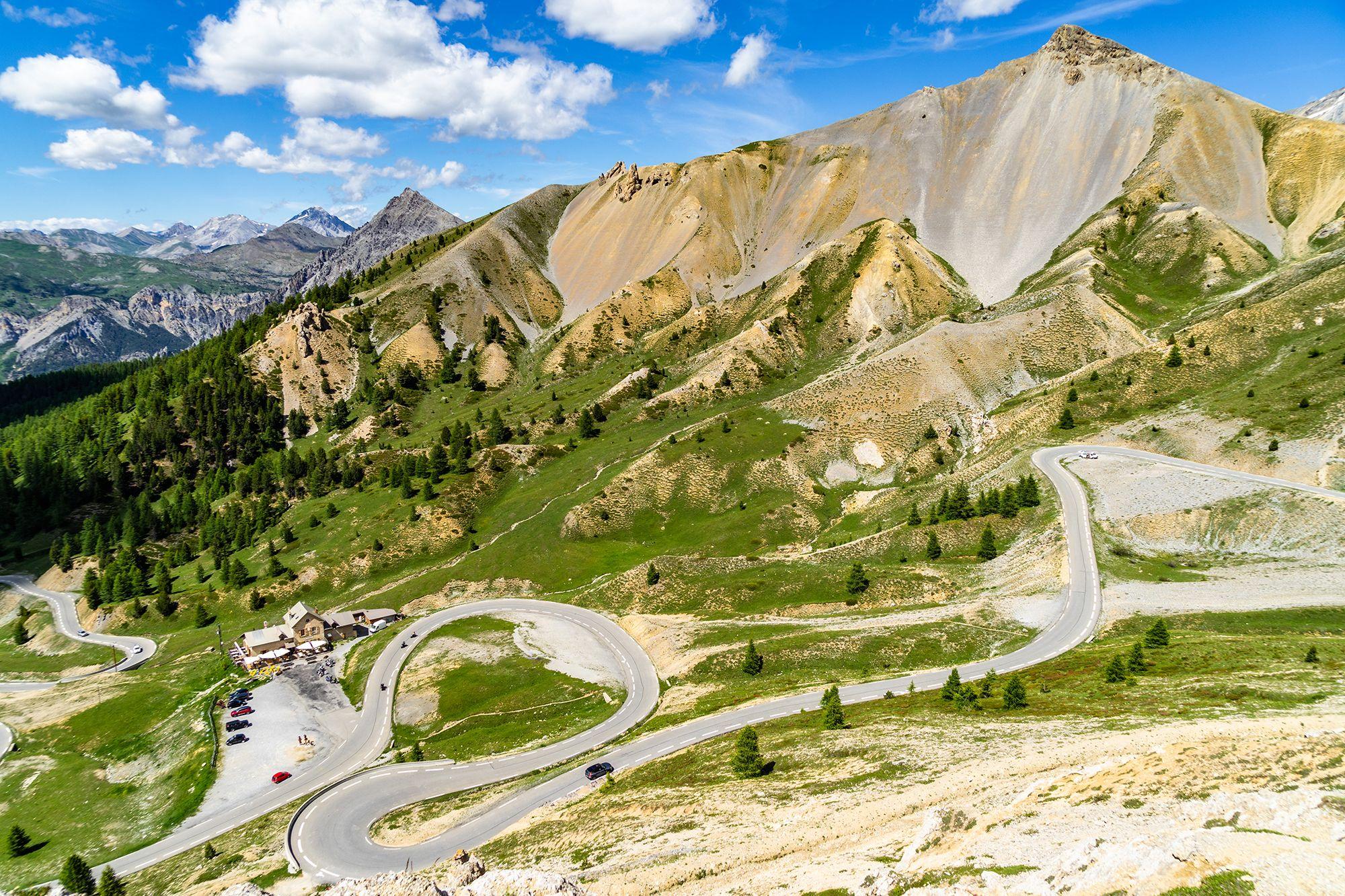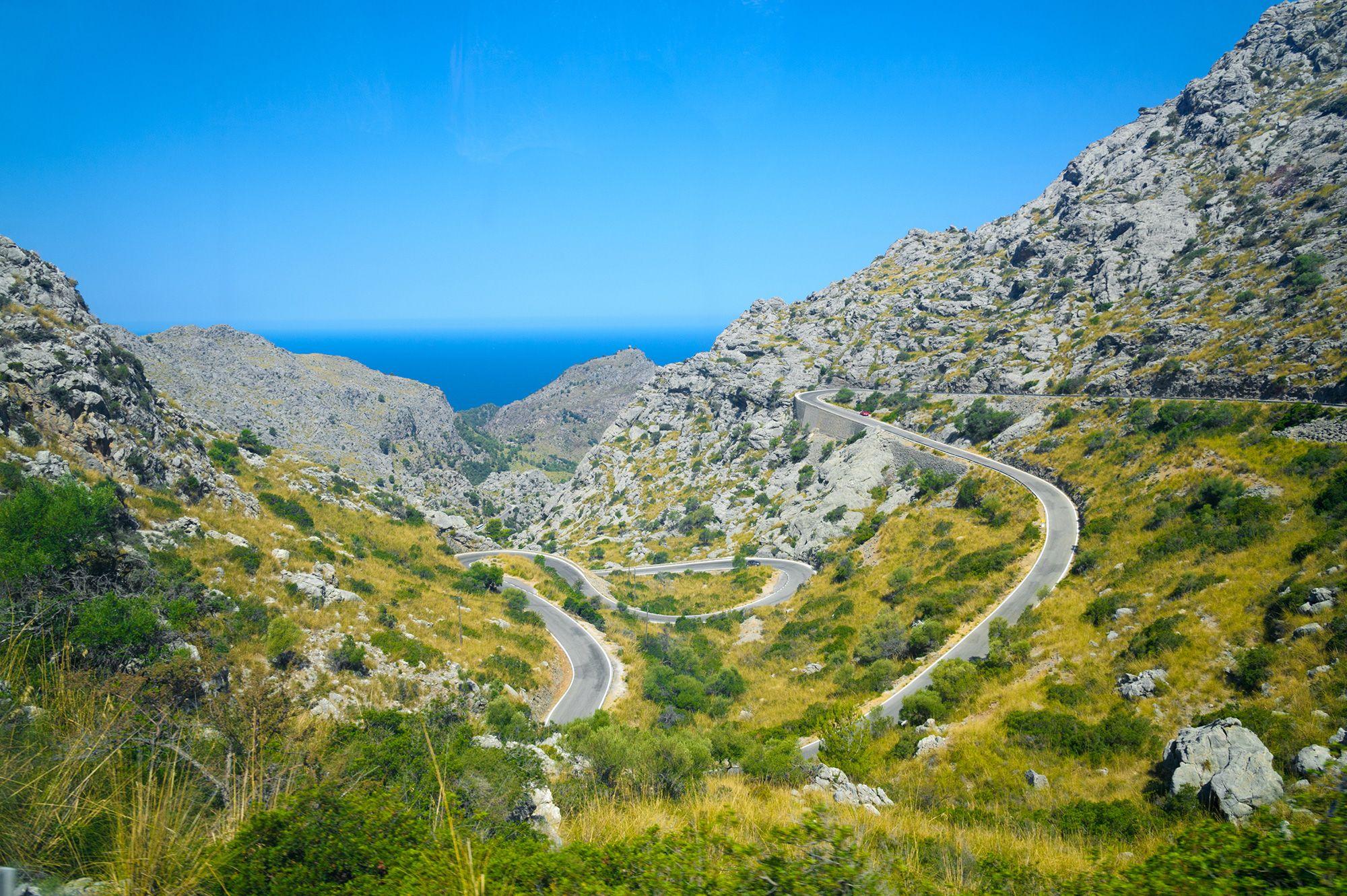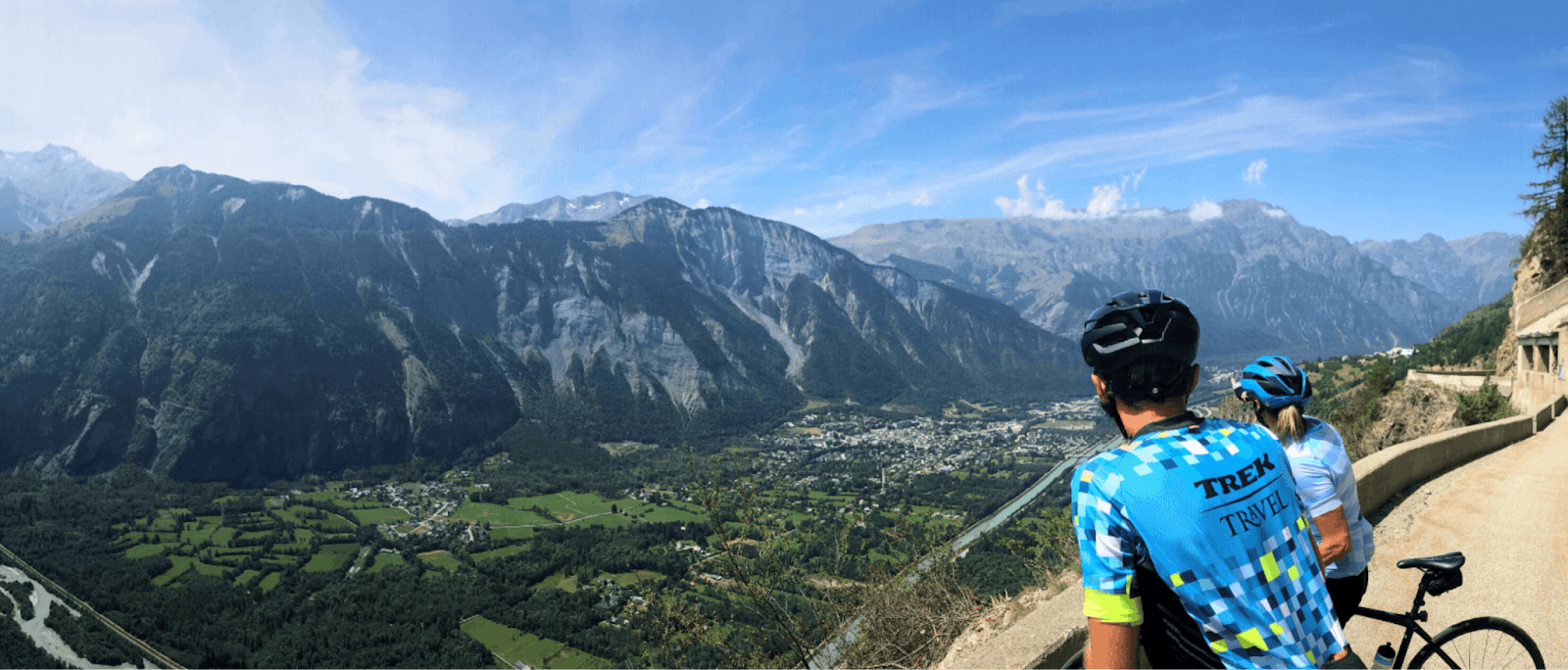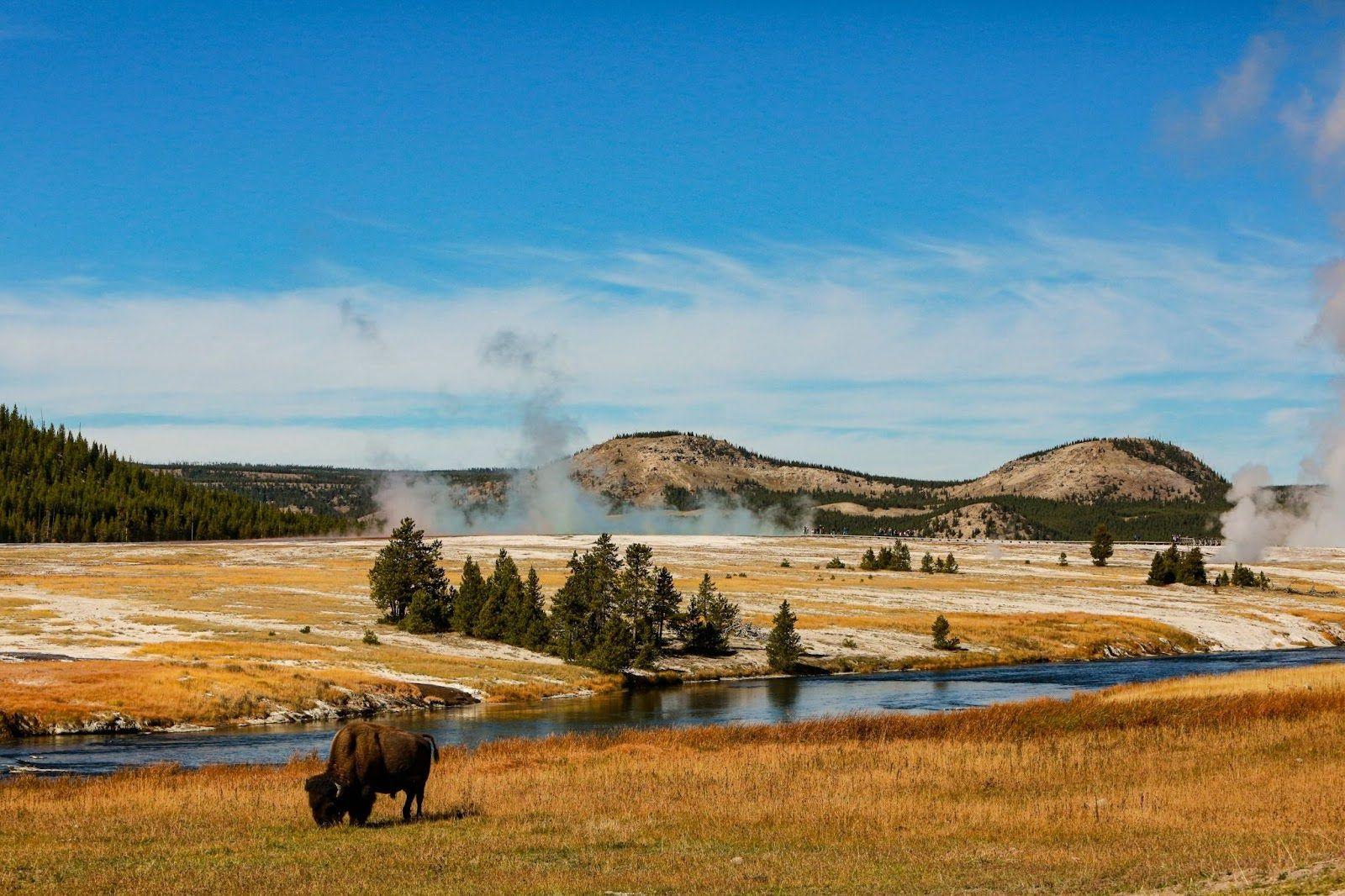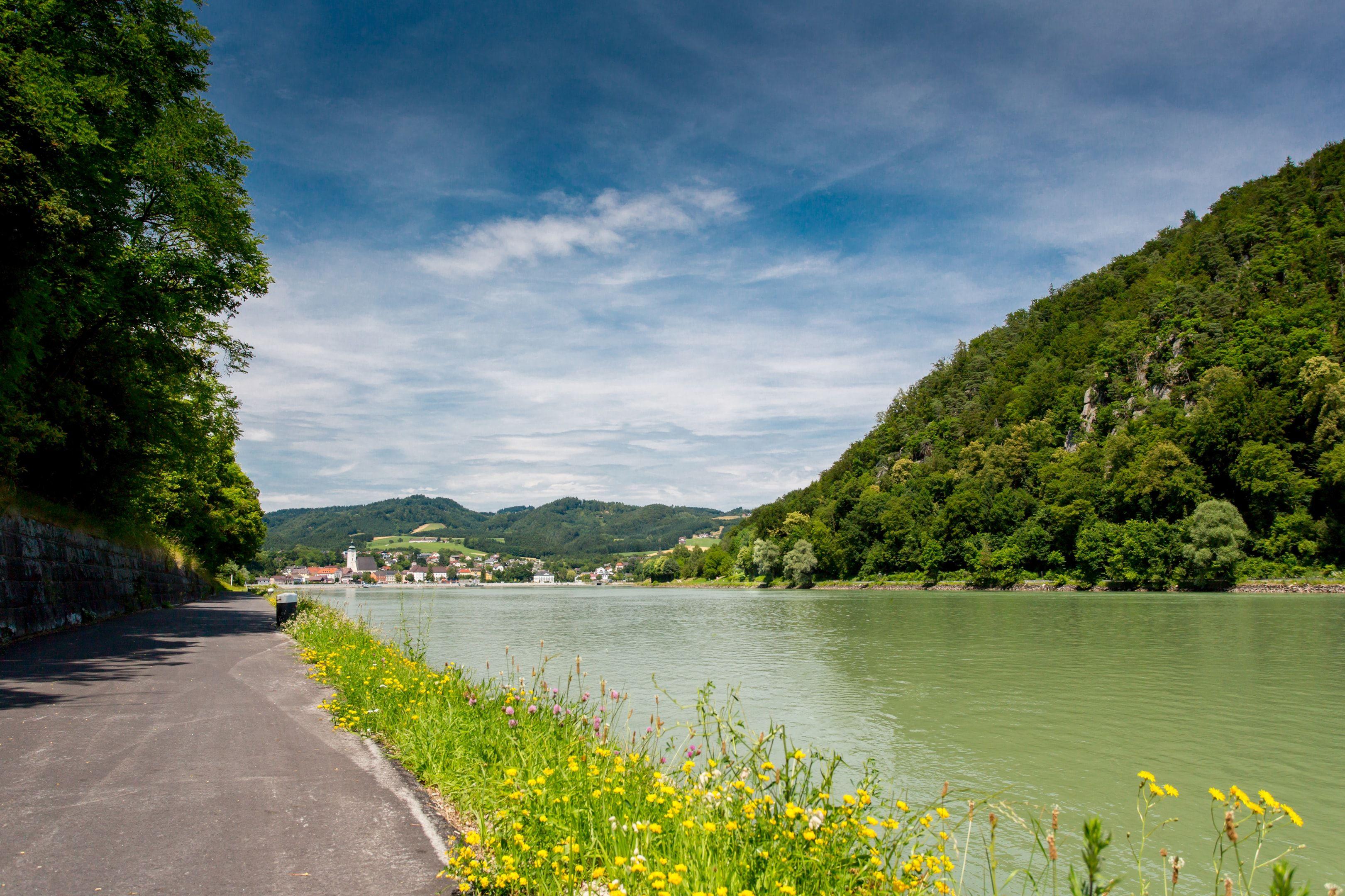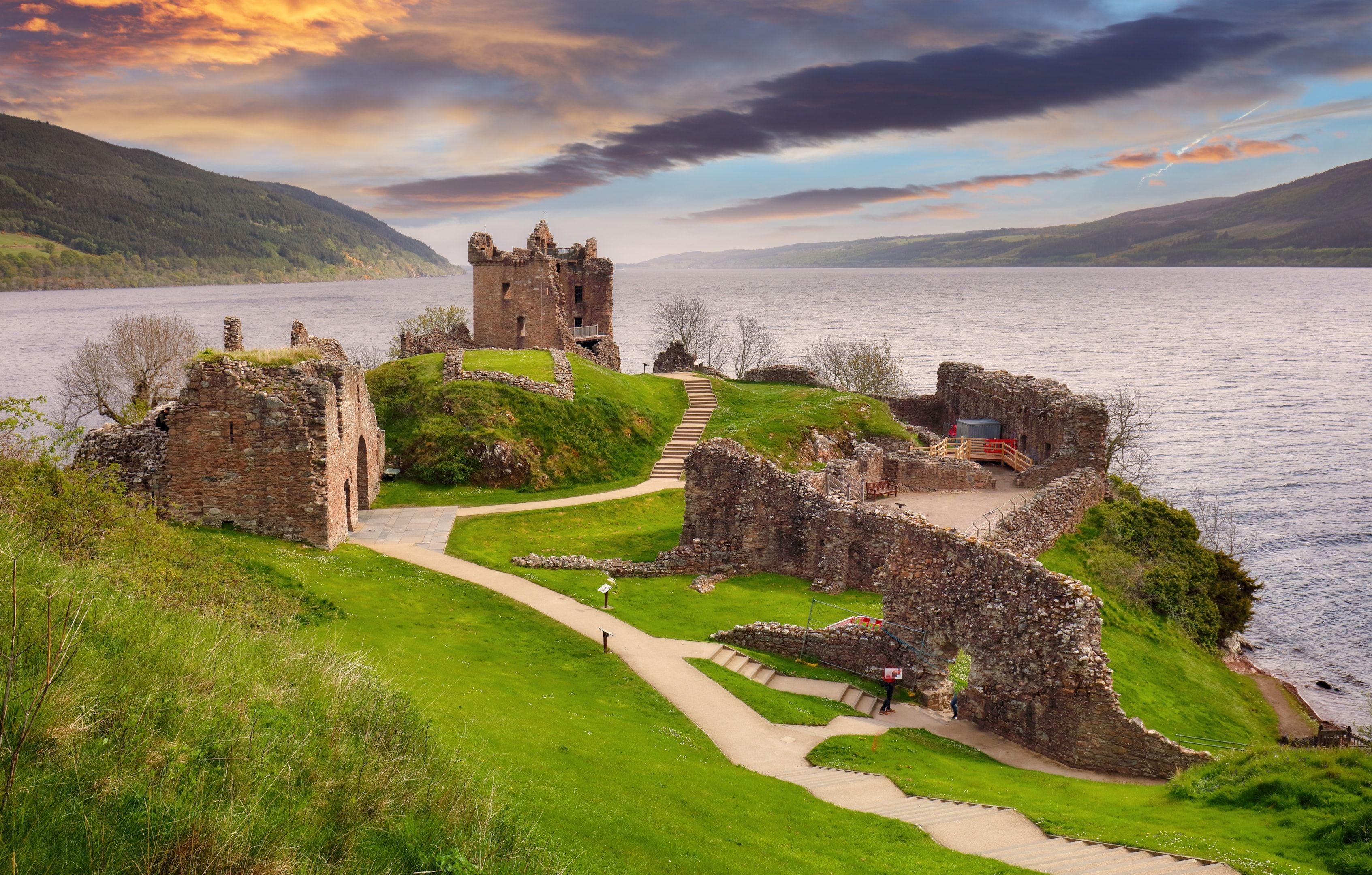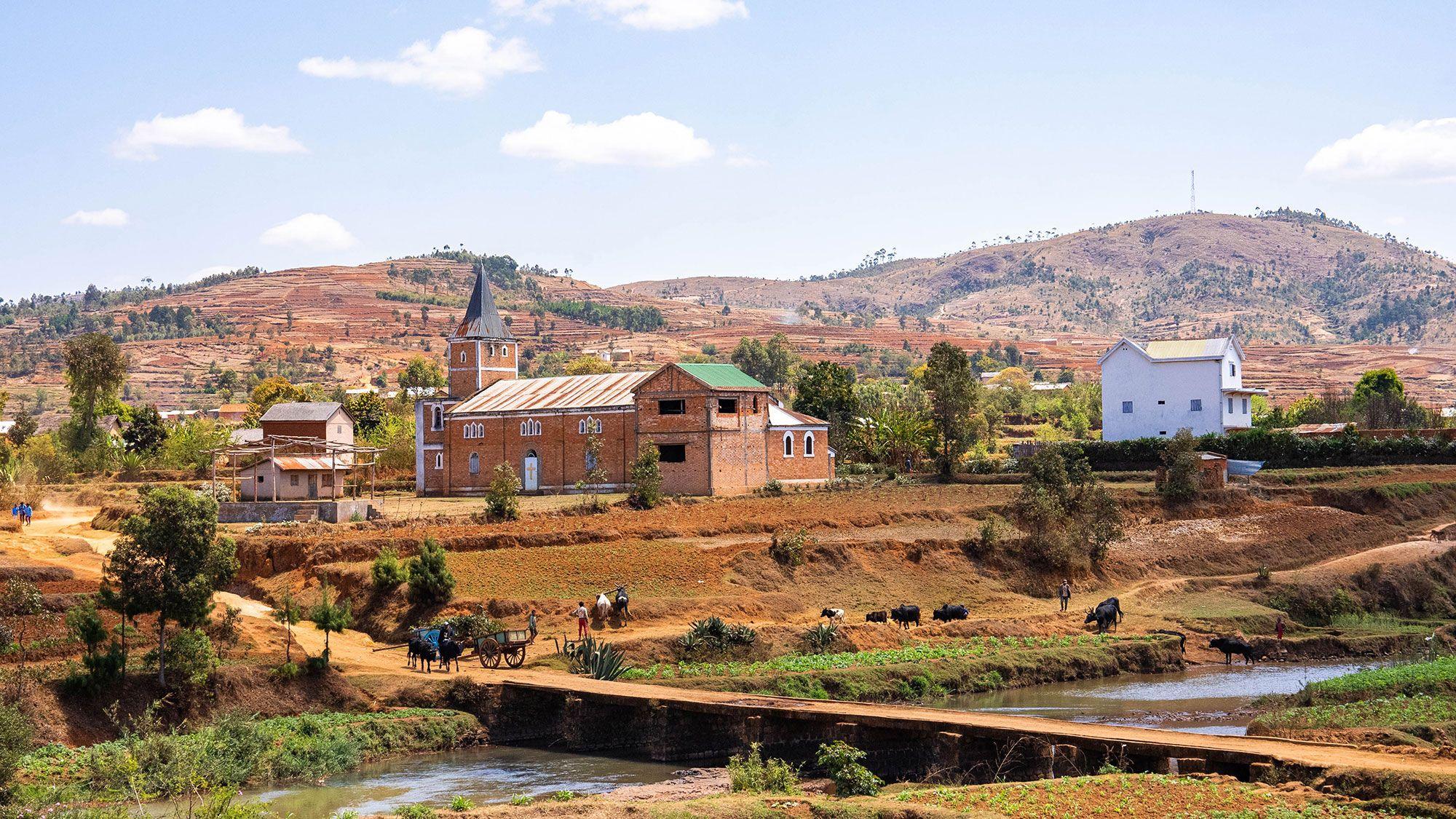
Situated off the southeastern coast of Africa, Madagascar is a land of fantastic biodiversity and unique landscapes. From lush rainforests and arid deserts to high plateaus and pristine beaches, it is home to countless species found nowhere else on Earth. The Malagasy people, with their rich blend of Southeast Asian, African, and Arab influences, fuse their vibrant cultures and traditions.
Though Madagascar is one of the world’s poorest nations, its natural beauty, endemic wildlife, and the warmth of its melting pot of people make it unforgettable. However, travel infrastructure poses significant challenges, and cycling as a tourist is often impractical due to inaccessible roads, especially in remote areas. With ROUVY, these obstacles disappear, allowing you to explore Madagascar’s ‘unchartered by bike’ landscapes on your trainer from the comfort of your home.
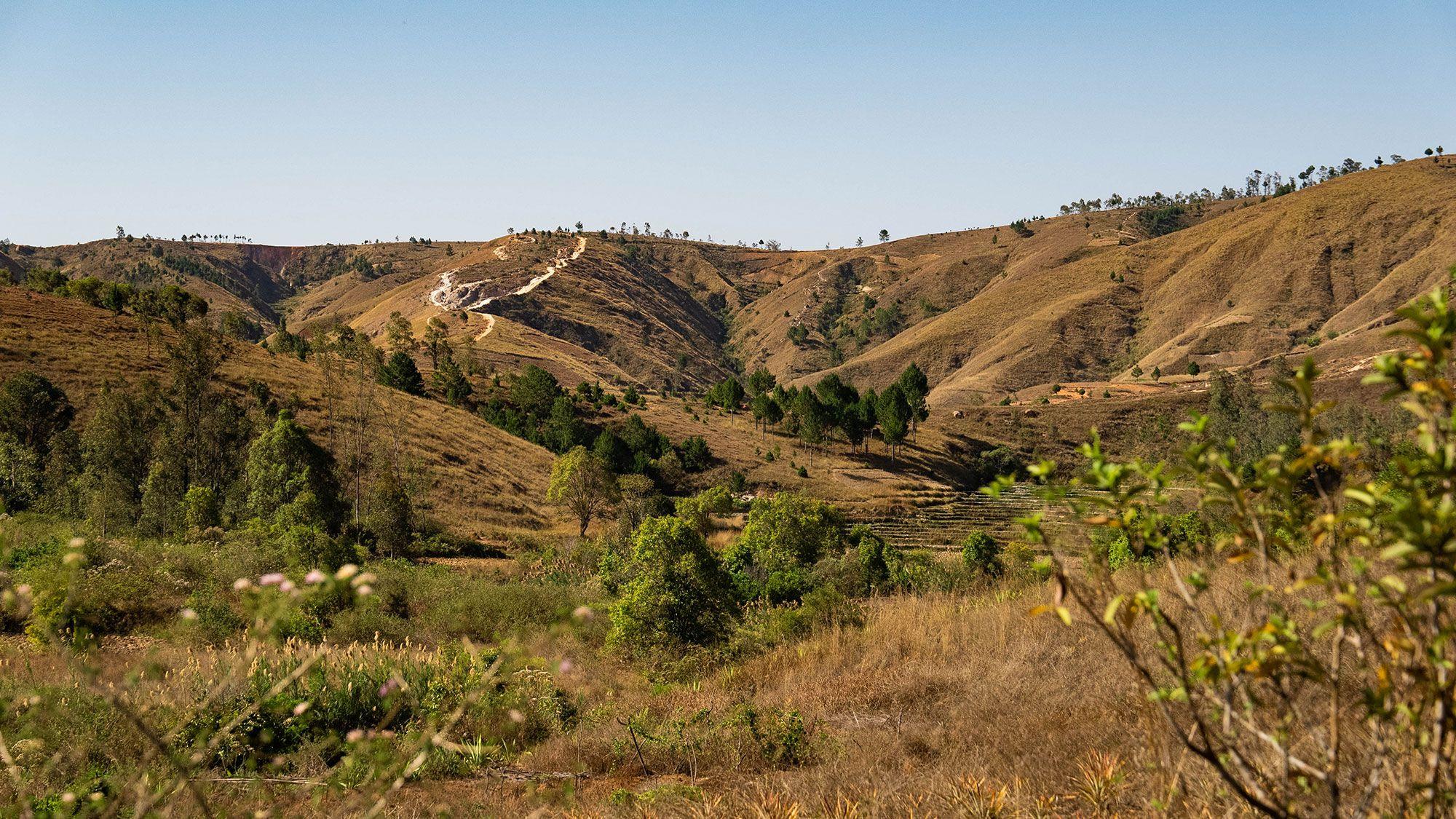
Malagasy culture, shaped by its diverse history, is reflected in its music, craftsmanship, agriculture, and traditions, which are closely tied to the land where Malagasy is the national language and French is also spoken. These add layers of character to this unique destination.
Despite its natural attributes, Madagascar sadly faces significant challenges such as poverty, deforestation, drought and environmental degradation. Understanding these issues highlights the importance of conservation efforts to protect its essential ecosystems. Yet, the island continues to captivate with the allure of its rare wildlife, vibrant culture, and awe-inspiring scenery.
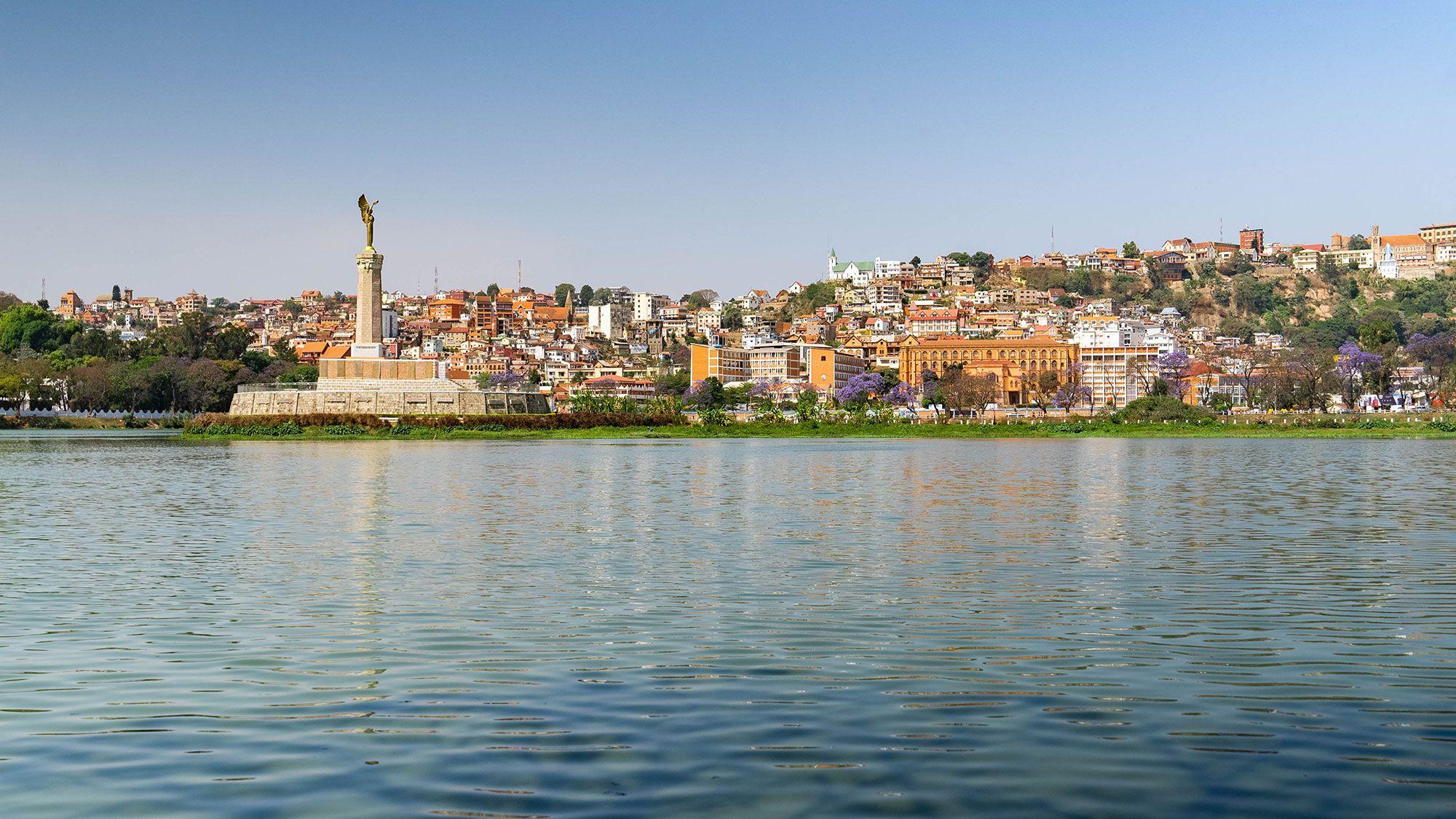
Madagascar's Central Highlands, also known as the Central High Plateau or Hauts-Plateaux, stretch south and west of Antananarivo, the capital. This elevated region is a mix of terrains: rolling green hills, terraced rice fields, and volcanic landscapes shaped by winding rivers. The countryside is dotted with small villages perched on hilltops, often surrounded by eucalyptus and pine trees, creating a picturesque panorama. Cities like Antananarivo and Antsirabe nestle within, offering stunning vistas.
The villages in this region typically consist of traditional Malagasy homes made from clay or brick, topped with thatched straw or tin roofs, which you will spot as you ride past these communal locations. Along these routes, you’ll see people from the Betsileo and Bara ethnic groups, who are known for their farming practices and cattle herding—an essential way of life.
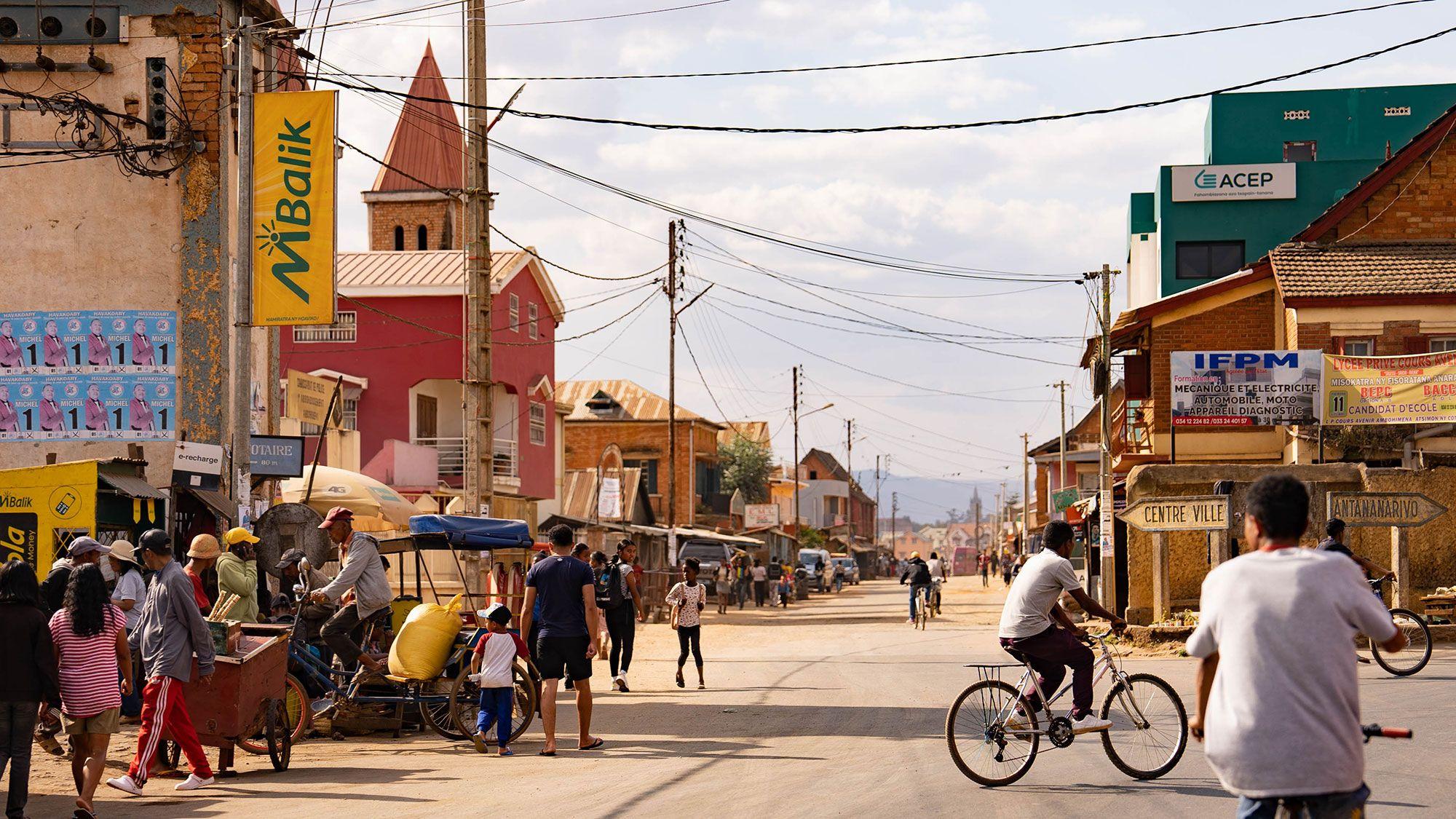
As the terrain descends toward the southern regions, the landscape changes to rugged and arid panoramas consisting of dry forests and savannas. Roads twist through broad plains and diverse flora, with occasional rivers and streams weaving through the arid land. These create small pockets of civilisation often clustered around vital water sources in an otherwise sparse and remote environment.
The remoteness of these areas enhances Madagascar's rich cultural heritage, which is evident in its people's resilient and resourceful way of life.
Let’s dive into the stages and explore the exciting and interesting rides. Be cautious of reckless drivers, pedestrians, and potholes!
